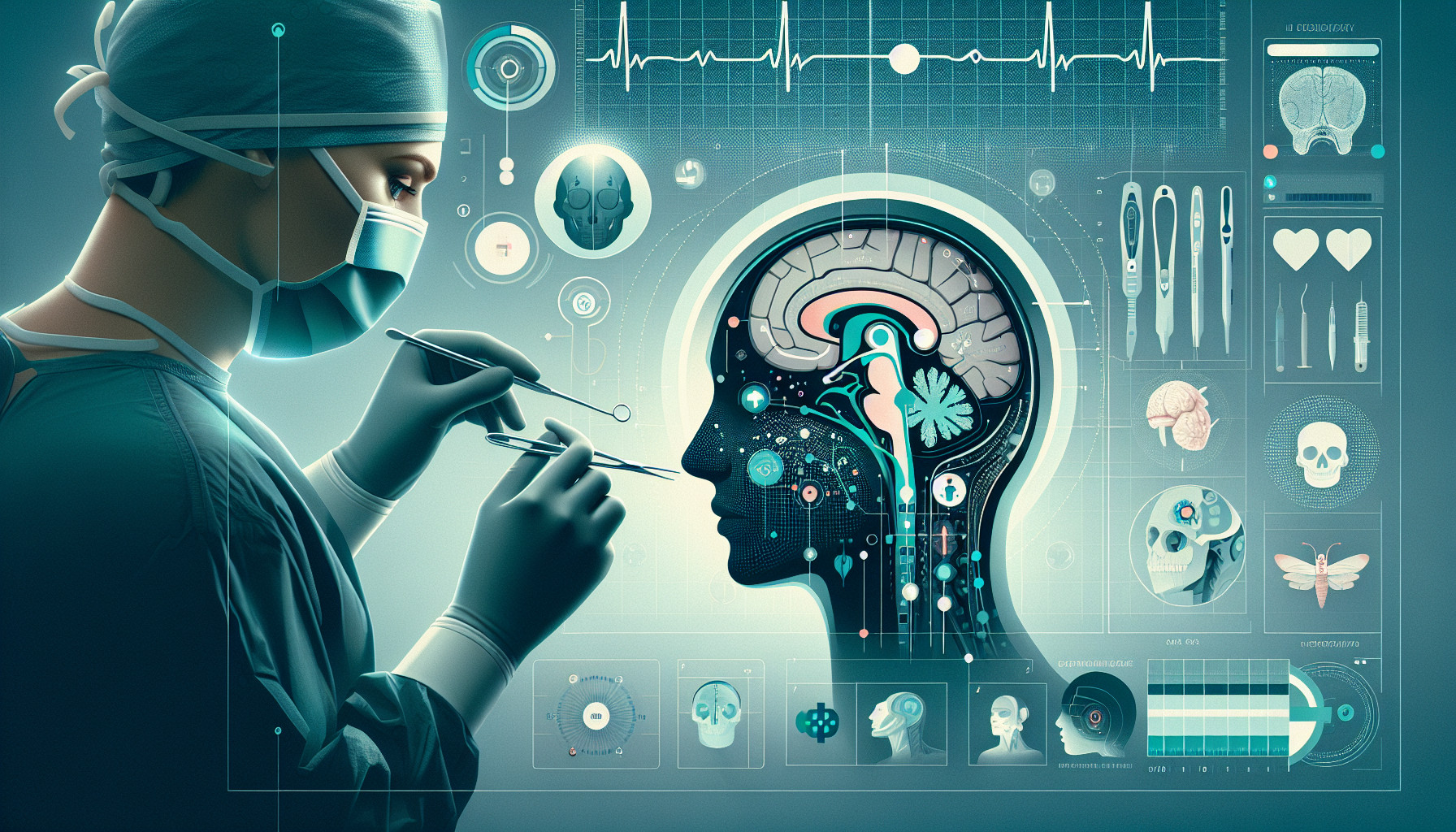Our Summary
This research paper discusses the use of virtual reality (VR) and augmented reality (AR) in the field of oral and maxillofacial surgery. VR and AR technologies can create a 3D environment that helps surgeons diagnose and plan surgeries more accurately. The study looked at a range of papers published between 2009 and 2019, finding a total of 101 articles that discussed the use of these technologies in this field.
The research found that VR and AR have been used most frequently in dental implantology and orthognathic surgery (surgery that corrects conditions related to the jaw and face). For example, virtual planning has made the insertion of dental implants more accurate. In orthognathic surgery, VR has been used to predict surgical outcomes and help with navigation during surgery.
The study also noted that VR and AR are being used in surgical education and training. For instance, a virtual environment of a surgical procedure can be created to train surgeons more effectively. Also, haptic technology (which recreates the sense of touch) can improve manual dexterity and clinical training.
In conclusion, the study found that VR and AR technologies have greatly contributed to planning maxillofacial surgeries and training surgeons. However, more research is needed to compare the impact of VR and AR with standard methods in oral surgery education.
FAQs
- How are VR and AR technologies used in the field of oral and maxillofacial surgery?
- In which specific oral and maxillofacial surgeries have VR and AR been most frequently used according to the research?
- How has the use of VR and AR impacted surgical education and training in oral and maxillofacial surgery?
Doctor’s Tip
A doctor might tell a patient undergoing maxillofacial surgery to follow all pre-operative instructions carefully, including fasting before surgery and avoiding certain medications. They may also advise the patient to have a support system in place for after the surgery, as recovery can be challenging. Additionally, the doctor may recommend attending all post-operative appointments and following all instructions for proper wound care and pain management to ensure a successful recovery.
Suitable For
Patients who may be recommended for maxillofacial surgery include those with:
Facial trauma: Patients who have suffered facial injuries, such as fractures of the jaw or cheekbones, may require maxillofacial surgery to repair the damage.
Orthognathic issues: Patients with misaligned jaws or facial asymmetry may benefit from orthognathic surgery to correct their bite and improve facial aesthetics.
Temporomandibular joint (TMJ) disorders: Patients with TMJ disorders, which can cause pain and difficulty chewing, may require surgery to treat the underlying issue.
Sleep apnea: Patients with obstructive sleep apnea, a condition in which the airway becomes blocked during sleep, may benefit from maxillofacial surgery to widen the airway and improve breathing.
Cleft lip and palate: Patients born with cleft lip and palate, a congenital condition that affects the formation of the upper lip and roof of the mouth, may require multiple surgeries to correct the issue.
Tumors and cysts: Patients with tumors or cysts in the facial region may require maxillofacial surgery to remove the growth and restore normal function.
Overall, maxillofacial surgery is recommended for a variety of conditions affecting the face, jaw, and mouth, and can help improve both function and aesthetics for patients.
Timeline
Before maxillofacial surgery, a patient typically undergoes a series of consultations with the surgeon to discuss the procedure, expectations, and potential risks. They may also undergo imaging tests such as CT scans or X-rays to help the surgeon plan the surgery. The patient will also receive pre-operative instructions on how to prepare for the surgery, such as fasting before the procedure.
After maxillofacial surgery, the patient will be closely monitored in the recovery room to ensure that they are stable. They may experience pain, swelling, and bruising in the days following the surgery. The surgeon will provide post-operative instructions on how to care for the surgical site, manage pain, and prevent infection. Follow-up appointments will be scheduled to monitor the healing process and address any concerns that may arise. Over time, the patient will gradually recover and see improvements in their facial appearance and function.
What to Ask Your Doctor
Some questions a patient should ask their doctor about maxillofacial surgery include:
- What specific type of maxillofacial surgery do you recommend for my condition?
- What are the potential risks and complications associated with this surgery?
- How long is the recovery period, and what can I expect during the recovery process?
- Will I need any additional procedures or treatments before or after the surgery?
- What are the expected outcomes of the surgery, and are there any potential long-term effects?
- How experienced are you in performing this type of surgery, and what is your success rate?
- Will I need to follow any special dietary or lifestyle restrictions before or after the surgery?
- Are there any alternative treatment options available for my condition?
- Will I need to undergo any imaging tests or consultations with other specialists before the surgery?
- How will VR and AR technologies be used in planning and performing my surgery, and how will they benefit me as a patient?
Reference
Authors: Ayoub A, Pulijala Y. Journal: BMC Oral Health. 2019 Nov 8;19(1):238. doi: 10.1186/s12903-019-0937-8. PMID: 31703708
